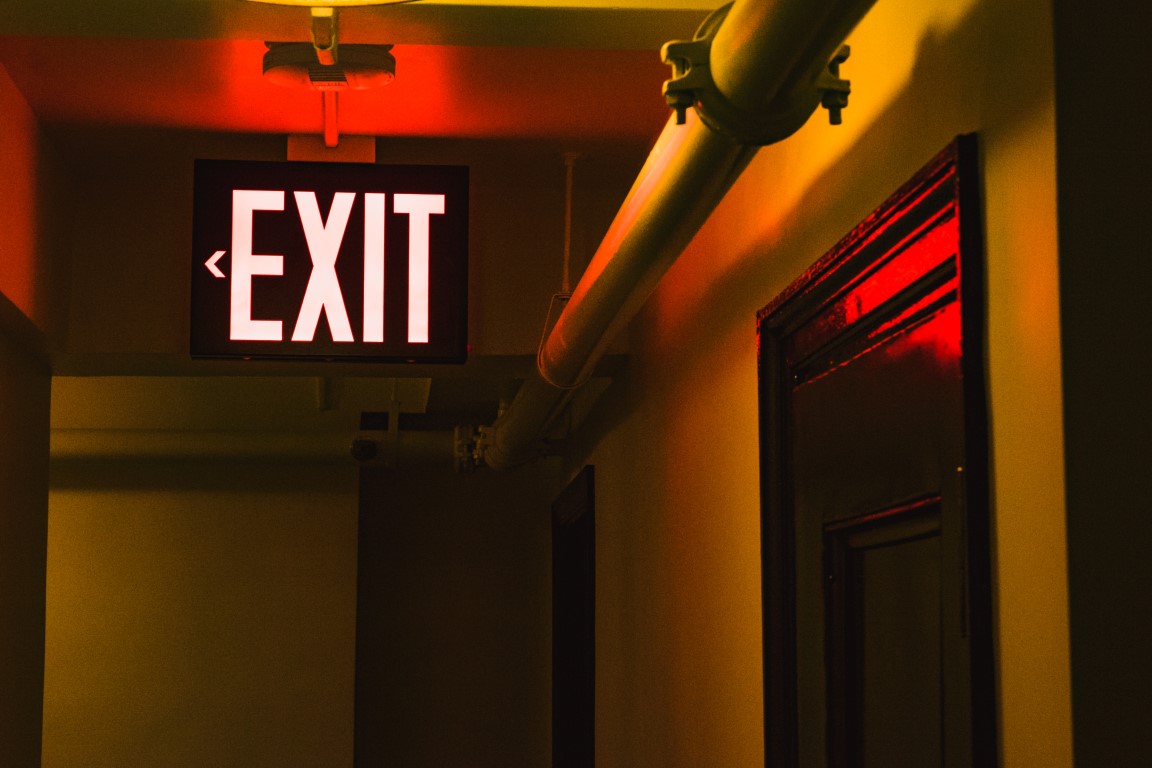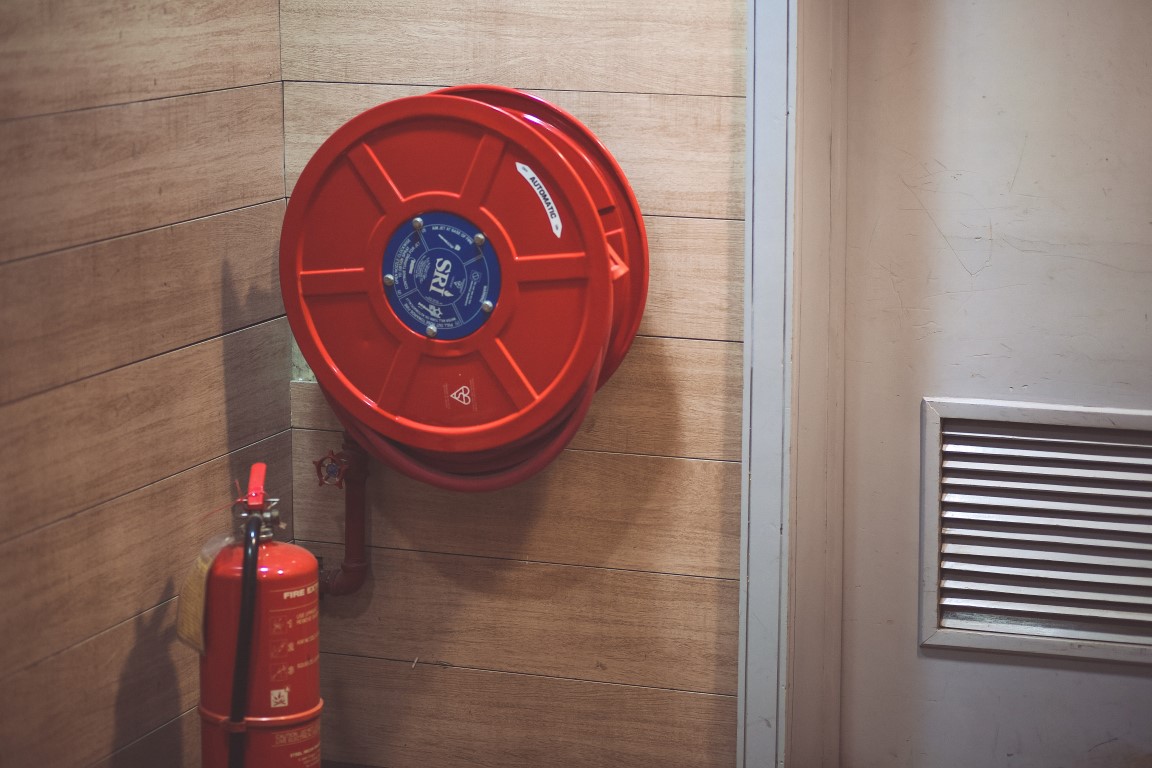
Is Your Apartment Safe in a Fire? Apartments are a great place to live in the big city of Chicago. You can easily access work, play, and shopping from your home right in the center of the city. There are many properties to choose from. However, you need to know that your building is fire safe and that the emergency lights that are required are in place. Whether you’re a property manager seeking compliance or an apartment tenant, here are the things you need to know when it comes to fire safety in Chicago. Requirements of NFPA for Exit Signs When...





